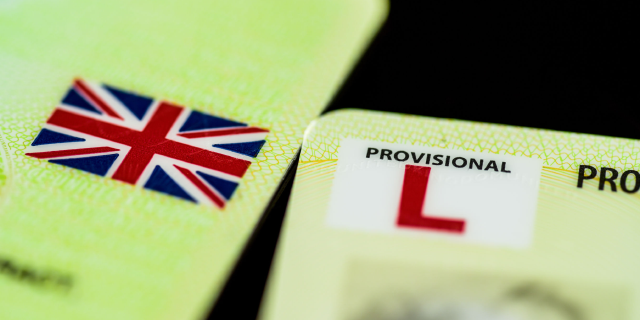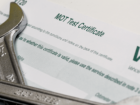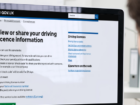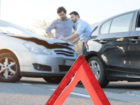Professional driving lessons can be very pricey but you can help ease the pain by teaching a learner in your own car. Here’s how to do it right…
Driving a car is a rite of passage for many teenagers – but with professional tuition from a qualified instructor costing up to £30 per hour, and an average of 45 hours required, the cost can stack up.
That sort of sum can be prohibitively expensive for a 17-year-old and may put them off driving before they’ve even had the chance to worry about buying, taxing, and insuring their own car. But most adults with a full UK car licence can supervise and teach a learner driver perfectly legally. A cheap, easy, and sometimes in the case of nervous students a less stressful way to learn to pass their test. Here’s everything you’ll need to know before setting off with a twitchy new driver behind the wheel.
When can someone legally drive a car in the UK?
According to GOV.UK, if you are aged 15 years and 9 months or older, you may apply for a provisional licence. However, most people won’t be allowed to start learning – whether with an instructor or otherwise – until they’re 17.
Somebody receiving the increased mobility allowance under the Personal Independence Payment (PIP) may start learning to drive at 16 years of age.
Who can teach a learner driver?
A supervisor can be anybody who meets the following requirements:
- At least 21 years old
- Has held a full UK licence for a minimum of three years (applicable to the vehicle type they’re supervising in)
- Meets the minimum eyesight standards
What other requirements are there?
There are no passenger restrictions however it’s recommended that learner drivers practice alone with their supervisor to minimise distractions.
You’re required to display L plates. These can be bought online or at many garages, motor factors, and newsagents. They can be magnetic or adhesive but must be securely attached and visible at both the front and the rear of the car.
Supervisors are expected to share some responsibility with the learner driver and ensure that the car is fit to be driven on the road. Naturally, this means the car needs to be taxed and have a valid MOT.
It also needs to be appropriately covered by the right insurance, which brings us to…
What kind of insurance do I need?
Learner drivers practicing in their own car require learner driver insurance. Depending on the car this can be pricey. But it’s illegal to practice on public roads without it. We’ve a detailed guide to learner driver insurance which you can read here.
The supervisor isn’t required to be insured on a learner’s car but it’s a good idea to do so. Adding them as a named driver means they can take over if necessary.
If you’re teaching someone who’s learning to drive in your own car, you’ll need to add them to your own insurance policy, making it clear to your insurance company that they are a learner driver.
How do you teach a learner driver?
First of all, it’s highly recommended that all learners undergo as many professionally administered lessons as possible beforehand. Trained driving instructors not only know how to drive but they also know how to teach – and how to pass a driving test safely.
While your own driving may well be fine, you might not be best suited to teaching, and it’s never a good time to find that out when your ward is in control of a ton of steel.
Supervising a learner driver is best saved for later down the line when they’ve learned most of the skills they’ll need and simply want to build confidence behind the wheel.
Keep calm behind the wheel, stay alert and be ready to intervene if you have to. Issue specific instructions and don’t distract the driver. Remember to stay focused on the roads, as your view of hazards may be more developed than the learner’s and there’s every chance you’ll see something they miss.
Before supervising it’s well worth reviewing both the Highway Code and the material and manoeuvres of the current driving test. Times do change and so does the driving test. So make sure you’re teaching your learner up-to-date material. Consider also any bad habits you might have picked up over the years, and try not to pass them on.

Who is responsible for driving offences?
The person behind the wheel is responsible for driving offences including speeding or mobile phone usage. If the car belongs to the supervisor, they’ll get the correspondence informing them of the offence and should then reply and nominate the driver.
In the case of accidents, there may be some shared responsibility, as while the supervisor wasn’t in control of the vehicle it could be argued that their role is to watch the road and alert the learner of potential hazards or other dangers. It’s for this reason a supervisor who’s found to be under the influence of alcohol or drugs could be penalised.
After passing the test
There’s a long list of things to do when the learner finally passes their test – not only will you need to cancel your learner’s insurance, the process of finding a car, taxing, and insuring it begins.
Luckily, if you’re looking for affordable insurance for young drivers you’re in the right place with mustard.co.uk. We’ve got everything you need to know about young driver insurance. Start your online quote or give us a call to compare insurance today.










